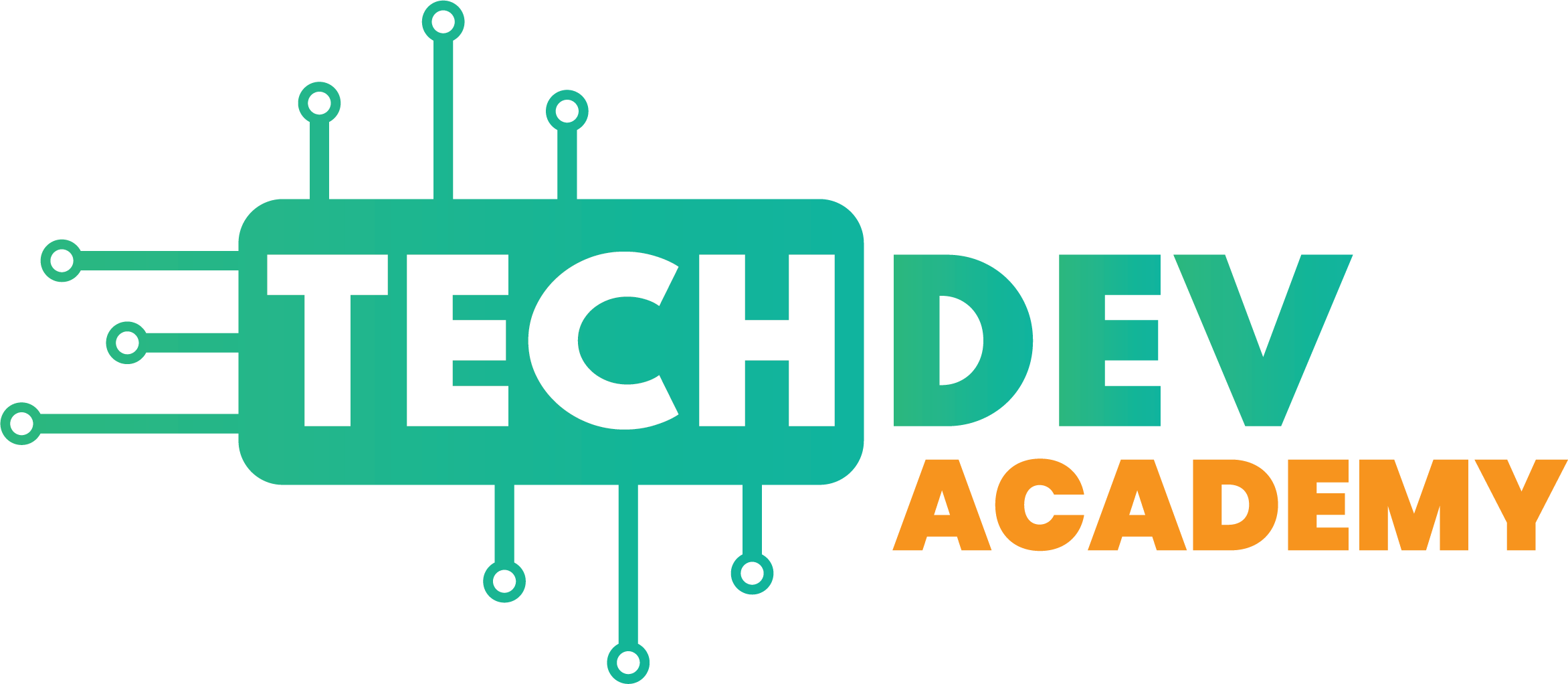In an era where technology shapes our future, coding has emerged as a vital skill. It empowers children to create, solve problems, and prepare for diverse careers. As young learners dive into this exciting field, parents nurture their curiosity and resilience.
At TechDev Academy, we recognize that parental involvement can transform a child’s coding journey. This article explores how parents, even without coding expertise, can foster their child’s passion for programming through encouragement, a supportive environment, and strategic guidance, addressing common concerns to ensure a rewarding experience.
Why Parental Involvement Matters
Parental involvement in education is consistently linked to improved academic performance, better behavior, and enhanced social skills. In coding, this support is particularly impactful due to the subject’s technical and creative demands. A study in the ACM Digital Library found that parents’ confidence in computing significantly influences their engagement in their children’s coding education, with 91% of U.S. parents advocating for more computer science learning opportunities. When parents actively participate, children are more likely to develop positive attitudes toward coding, persist through challenges, and view STEM as accessible and exciting.
Providing Encouragement and Emotional Support
Encouragement is a cornerstone of parental support. By showing genuine interest in their child’s coding projects parents can boost confidence and motivation. Asking questions like, “What does this program do?” or praising efforts, such as, “I’m proud of how you figured that out!” fosters a growth mindset.
Emotional support is crucial when children encounter setbacks, like debugging errors, helping them view mistakes as learning opportunities. As one parent shared, “I didn’t understand the code, but cheering my daughter on as she built her game made all the difference”.
Creating a Coding-Friendly Environment at Home
A conducive home environment can spark a child’s coding passion. Parents can set up a quiet, well-lit space with minimal distractions, equipped with a reliable computer or tablet and internet access. A basic laptop with 4GB RAM and a modern operating system, such as Windows or Chrome OS, is sufficient for most beginner coding tasks.
Ergonomic furniture, like a desk and a comfortable chair, supports extended focus. Ensuring access to age-appropriate tools, such as block-based platforms for younger kids, creates a welcoming space.
Fostering a Tech-Positive Mindset
Beyond physical setup, parents can cultivate a tech-positive mindset by emphasizing coding’s relevance and fun. Discussing how coding powers apps, games, or websites connects it to children’s interests. Engaging in conversations about technology’s role in everyday life or sharing stories of diverse coders can inspire kids, particularly girls and underrepresented groups, to see themselves in STEM. This approach counters stereotypes and builds inclusivity.
Ways Parents Can Help Without Knowing Code
Many parents feel intimidated by coding’s technical nature, but expertise isn’t required to make a meaningful impact. By focusing on guidance, resource selection, and goal-setting, parents can empower their children to thrive.
Choosing the Right Tools For Kids
Selecting age-appropriate coding resources is a practical way to support learning. For children aged 5-8, block-based platforms like Scratch or Blockly are ideal, allowing them to create projects without syntax barriers. Older kids (10+) may be ready for text-based languages like Python, which offer versatility for games or web development. Parents should look for tools with:


